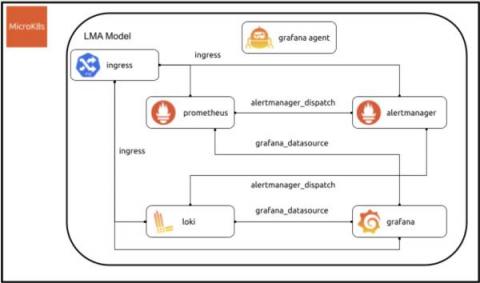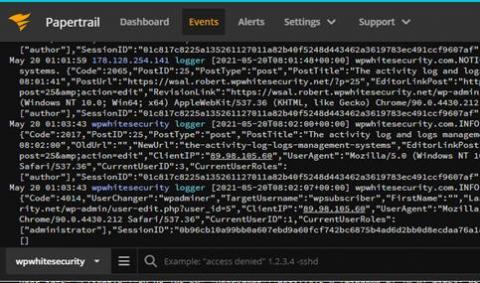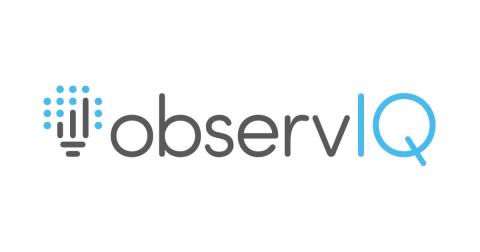Operations | Monitoring | ITSM | DevOps | Cloud
Logging
The latest News and Information on Log Management, Log Analytics and related technologies.
LogDNA vs. Logz.io
Logz.io is a SaaS (software as a service) provider with an observability offering made up of various managed open source technologies. These technologies include the Elastic Stack for logging and SIEM (security information and event management), Prometheus, for monitoring, and Jaeger for tracing. The company positions itself as an alternative to the Elastic Stack (or ELK Stack), which is made up of Elasticsearch, Logstash, Kibana, and Beats.
5 Reasons Why Customers Choose LogDNA
I recently wrote about the importance of logging and how developers often overlook it in the software development process. Now that you’re convinced that you should be logging throughout the SDLC, it’s time to choose a reliable and dedicated log management platform.
Log Looms and Microservices Logging
IT professionals love their metaphors. From “pets vs. cattle” to “post mortems” to “fog computing” and beyond, practitioners tend to use analogies to shape the way they think about complex technical topics. Here’s another analogy: Log looms.
"Open source done right": Why Canonical adopted Grafana, Loki, and Grafana Agent for their new stack
Michele Mancioppi is a product manager at Canonical with responsibility for observability and Java. He is the architect of the new system of Charmed Operators for observability known as LMA2. Jon Seager is an engineering director at Canonical with responsibility for Juju, the Charmed Operator Framework, and a number of Charmed Operator development teams which operate across different software flavors including observability, data platform, MLOps, identity, and more.
Working With the WordPress REST API
Capitalizing on Cloud to Drive Greater Value from Data and Analytics Insights: A New Accenture Splunk Business Group Business Group
We’ve had a busy week in the Splunk Partnerverse! In addition to the new Splunk Partnerverse Program announced last week, we also shared some significant partnership news with one of our longest-standing partners, Accenture.
7 JSON Logging Tips That You Can Implement
When teams begin to analyze their logs, they almost immediately run into a problem and they’ll need some JSON logging tips to overcome them. Logs are naturally unstructured. This means that if you want to visualize or analyze your logs, you are forced to deal with many potential variations. You can eliminate this problem by logging out invalid JSON and setting the foundation for log-driven observability across your applications.
5 Weird Use Cases for Log Management
We’re all familiar with the typical use cases for log management, such as monitoring cloud infrastructures, development environments, and local IT infrastructure. So we thought it would be fun to cover some of the less usual, more wild use cases for log management, just to show that log management tools are more versatile, and more interesting, than they may seem. If any of these use cases look too interesting to ignore, let us know and we can do a full article on them!
Announcing the Logz.io Search Bar
Engineering teams hoping to gain full-stack observability into their environment need access to the relevant logs, metrics, and traces generated by their cloud infrastructure and applications. Accessing the relevant data quickly is essential – not just because it is more convenient, but because faster engineers are also business-critical for many organizations.










